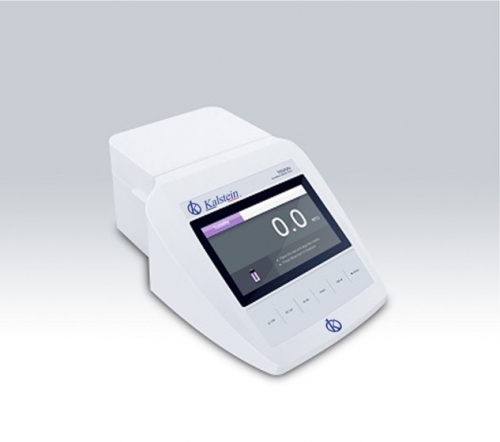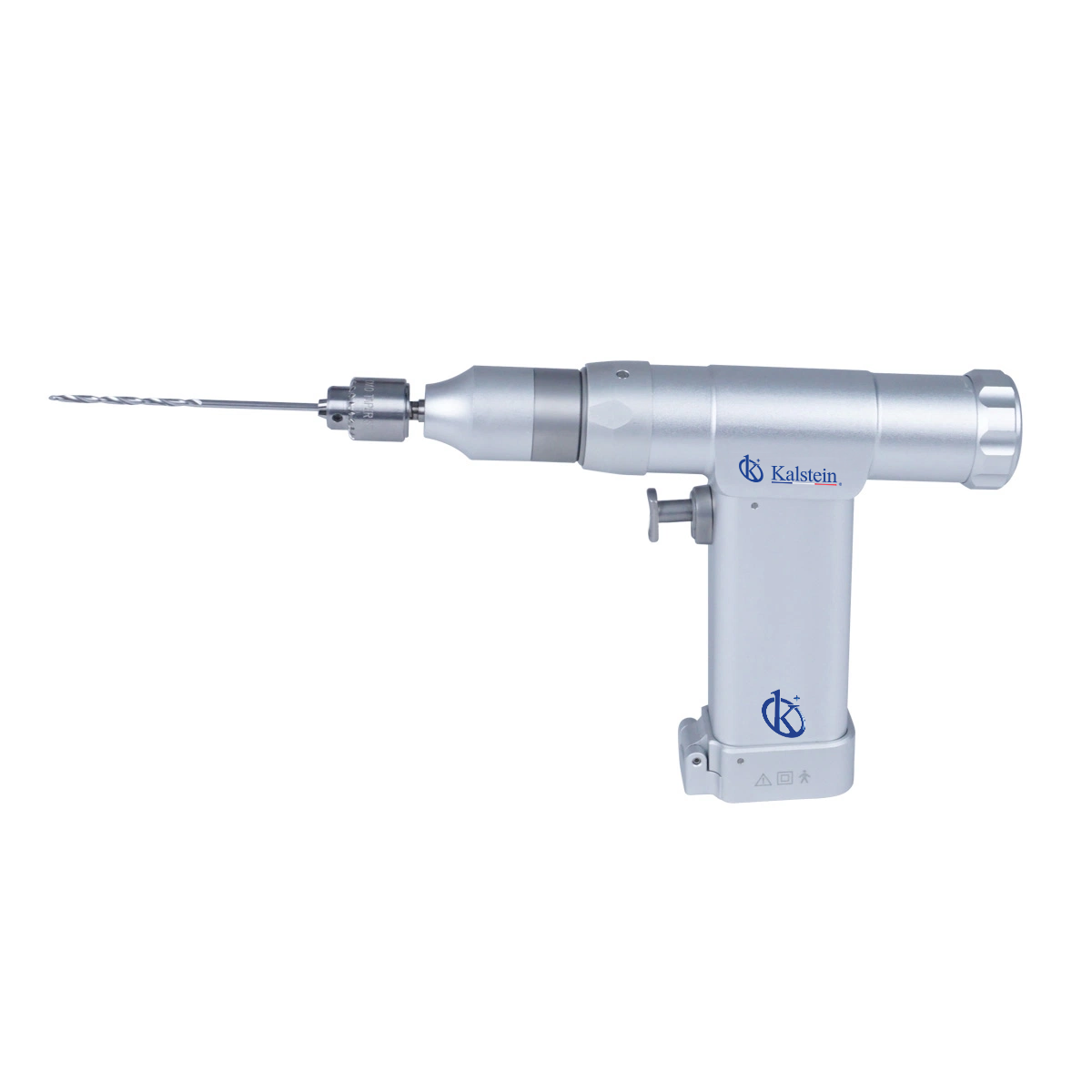Why does accuracy matter when measuring turbidity?
The development of the current industry has led to the need for ever faster, more powerful and more accurate analytical tools that provide reliable and high-precision results. At present, turbidity measurement instruments are tools with technology, which work on the basis of optical phenomena that occur when a beam of light hits a medium.
Turbidity is an optical property that results when light passes through a liquid sample and is dispersed by particles. The scattering of light results in a change in the direction of light passing through the liquid. The light is dispersed due to the presence of particles suspended within the medium under analysis. The way in which light is dispersed in the medium is related to the size, shape, composition of the particles in the suspension and the wavelength of the incident light on the sample.
How is turbidity measured?
Turbidity is a measure of the degree to which water loses its transparency due to the presence of suspended particles, the greater the amount of suspended solids the greater the degree of turbidity. The equipment associated with this measurement is called a turbidimeter, which is the instrument commonly used to measure particles suspended in a liquid, or in a dissolved gas. Turbidity is measured by detecting and quantifying the light dispersion in a solution, and quantified in nephelometric turbidity units. The turbidimeter shows the values measured in NTU (Nephelometric Turbidity Unit).
These meters direct a beam of light to the side of a test sample, measure the amount of light that is reflected off a restricted range of angles generated by any suspended particle, and compare it to light dispersed by standard reference suspensions such as formazine. The amount of light that is dispersed is influenced by the color, shape, size and reflectivity properties of the particles. The measurement process is simple and practical, these instruments have the advantage that commercially portable designs are offered. The way to use it is reduced to a few steps:
- Take a sample that you want to analyze.
- Place the sample in the turbidimeter cell holder.
- Press the button so that the turbidimeter measures the turbidity and the result.
Accuracy of turbidimeter for reliable measurement
Accuracy is the ability of an instrument to give the same result in different measurements under the same conditions. Allows the full adjustment or fidelity of a measurement and can be expressed as a range, over the true value, in which a measurement occurs (i.e. ±0.5 ppm). The following characteristics must be considered in order for the instrument to be of good precision:
- Limit of detection: defined as the minimum concentration of a substance that can be measured and reported with 99% confidence that the concentration of the analyte is greater than zero and determined from the analysis of a sample in a given matrix containing the analyte.
- Repeatability: Repeatability is the accuracy within the execution of a dataset.
- Data reproducibility — is the accuracy between runs of data sets.
- Calibration: is the process of grading exactly one apparatus or instrument according to a unit of measurement. Calibration is considered a single run or data set.
- Calibration Verification: is the process by which the calibration level of the equipment is verified by comparison with a standard unit of measure.
- Resolution: is the smallest discernible difference between two measurements that can be made, this is usually the number of decimal places, i.e. 0.01. The resolution changes a lot with the concentration or measuring range of the instrument.
At Kalstein we offer quality measuring instruments, such as turbidimeters designed specifically to meet procedures requiring high measurement accuracy. For PURCHASE, SALE, or PRICE information, contact us on our website: HERE




